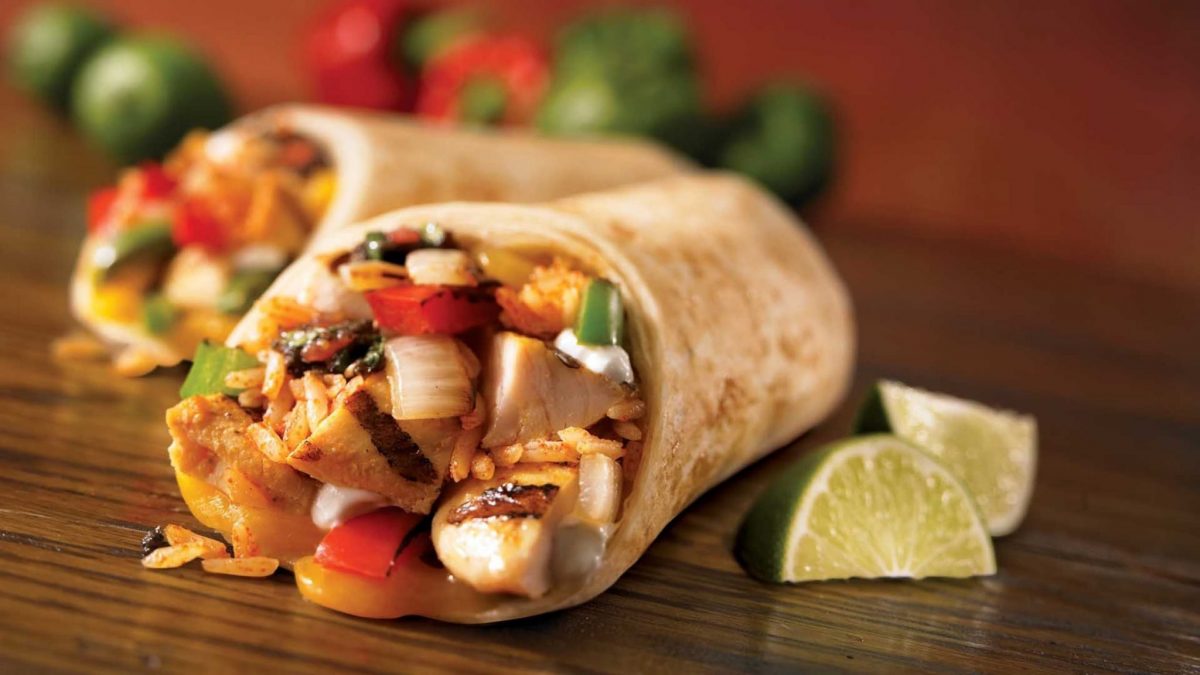![1. Dancers at the annual Cinco de Mayo Festival in Washington, D.C. by dbking (originally posted to Flickr as IMG_5269) [CC BY 2.0 (https://creativecommons.org/licenses/by/2.0)], via Wikimedia Commons Cinco de Mayo EFL Lesson - Mexican dancers](https://www.myenglishlanguage.com/wp-content/uploads/2016/05/cinco-de-mayo-dancers.jpg) Cinco de Mayo (5th May) is a celebration day in the US and Mexico when people celebrate Mexican culture, heritage, food and music with street festivals and parades. The day commemorates the Mexican army’s 1862 victory over France at the Battle of Puebla during the Franco-Mexican War. This is an ideal time to think about using this seasonal event in a vocabulary and culture lesson. So come and spread some guacamole on your tacos while you enjoy our Cinco de Mayo EFL lesson, complete with gap-fill exercise. Olé!
Cinco de Mayo (5th May) is a celebration day in the US and Mexico when people celebrate Mexican culture, heritage, food and music with street festivals and parades. The day commemorates the Mexican army’s 1862 victory over France at the Battle of Puebla during the Franco-Mexican War. This is an ideal time to think about using this seasonal event in a vocabulary and culture lesson. So come and spread some guacamole on your tacos while you enjoy our Cinco de Mayo EFL lesson, complete with gap-fill exercise. Olé!
Cinco de Mayo in the US and Mexico
Although rarely celebrated in the UK, Cinco de Mayo has developed into a huge event in the United States and Mexico.
This year, celebrations will be more muted due to the Coronavirus pandemic and resulting lockdowns, but people will still be celebrating in their own homes and where they can gather safely.
The day is a public holiday in the state of Puebla, where the battle took place in 1862, where the Mexicans defeated the much larger and better equipped French army.
The holiday is also observed in neighbouring state of Veracruz, however, it is not a national public holiday across the whole of Mexico.
Cinco de Mayo should not be confused with Mexican Independence Day, which is a separate event celebrated on 16th September.
Many schools across the USA hold awareness events to educate students about Cinco de Mayo and its historical significance.
Cinco de Mayo EFL lesson
Cinco de Mayo is easy and fun to celebrate in the EFL classroom with classes of all ability levels. A simple Cinco de Mayo EFL lesson can explain what the day signifies and how it is celebrated in the USA and Mexico.
It is a great idea to being in pictures and videos and other media to bring the lively atmosphere of the fiesta into the classroom – although lessons may need to be via video link-up this year!
The lesson can be a mini celebration of its own with students sharing Mexican food, such as delicious burritos and enchiladas, spicy fajitas, crispy tacos and meat-filled tortillas.
Students who have visited Mexico could share their experiences and discuss any cultural differences from their own native country.
This special day can also be used as a spring board to explore more celebration days from other countries. It will also help the class move to discuss national music, food, clothing and other cultural elements using the English language.
Below is a simple gap-fill exercise based on the festival of Cinco de Mayo. EFL students can choose the correct word to fill the gap from the options.
To make the exercise more difficult, remove the options and simply let students think of the appropriate word without any extra help!
Cinco de Mayo EFL gap-fill exercise
Cinco de Mayo is a (celebration/celebrate/journey) that commemorates a military (fight/won/victory) for the Mexicans against the French on May 5, 1862.
Cinco de Mayo means fifth of (March/May/November) in Spanish. This special day is not a national holiday in Mexico, although it is a public holiday in the State of Puebla, where the famous (battle/match/war) took place.
Mexicans in the US and other countries use Cinco de Mayo as a day to (create/celebrate/creation/celebration) their culture, heritage, food and music.
Some people believe that Cinco de Mayo observes Mexico’s (Independence/Independent) Day, however, this is not true. This other important day is actually celebrated on 16th (September/August/October).
Cinco de Mayo is a huge holiday in the US with festivals and street parades taking place all over the country to celebrate Mexican (cultural/culture/cult).
Some examples of the festivities at this special time of the year include music concerts, dances, buffets, shows and performances, banquets and street parties.
Many schools across the US hold (aware/awake/awareness) activities to (educating/educate/education) students about Cinco de Mayo and its (historical/history/historial) significance.
People also cook Mexican food, such as tacos and enchiladas, which are ideal for enjoying in the EFL classroom as a delicious snack alongside your studies!
Share your thoughts on this celebration day
How do you celebrate Cinco de Mayo?
Will you be celebrating in a different way this year due to the pandemic?
Have you ever been to Mexico? What are your favourite Mexican foods?
Do you have your own ideas for a Cinco de Mayo EFL lesson?
Let us know your thoughts in the comments!
Attributions
- Dancers at the annual Cinco de Mayo Festival in Washington, D.C. by dbking (originally posted to Flickr as IMG_5269) [CC BY 2.0], via Wikimedia Commons

